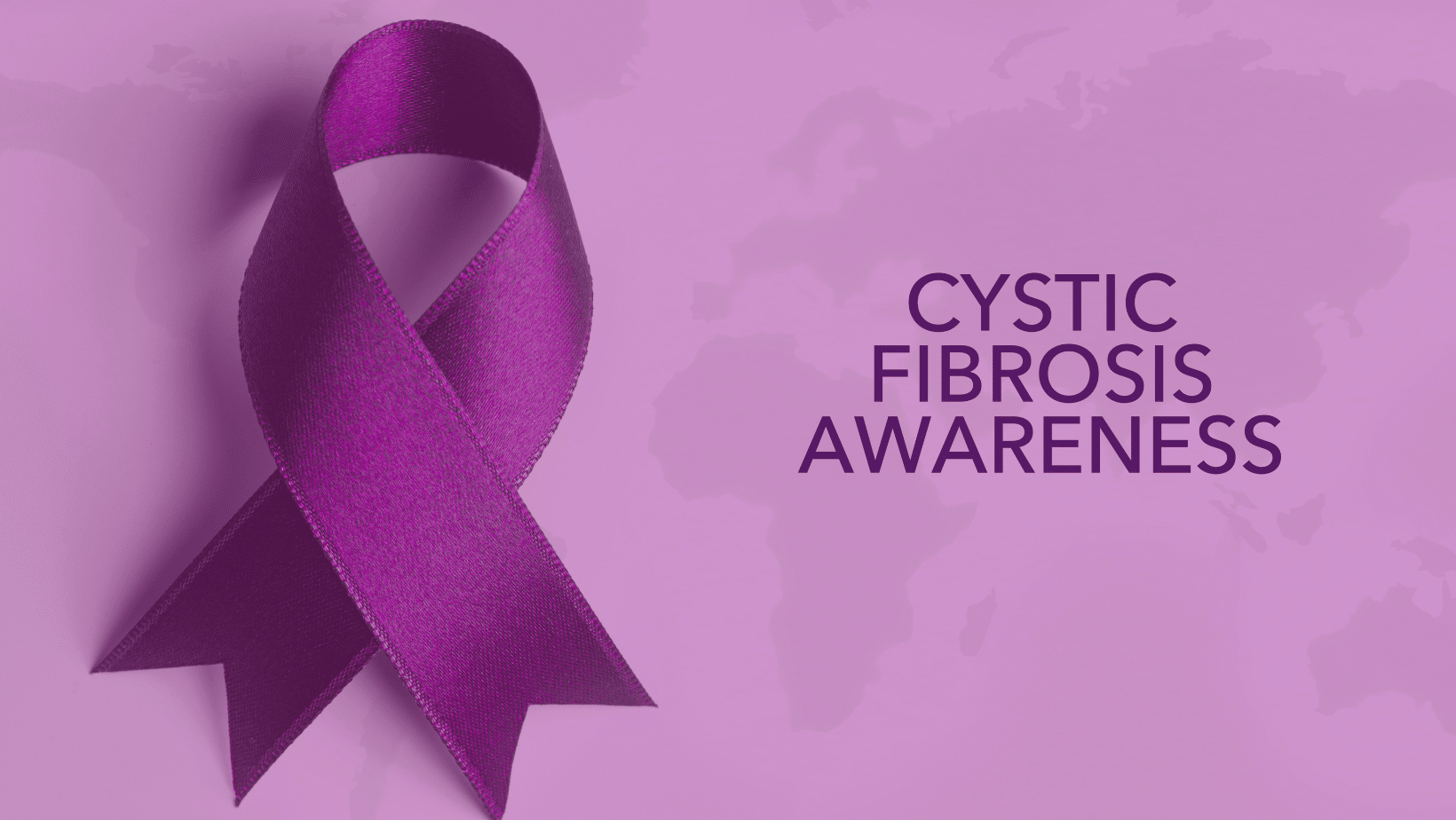
Cystic fibrosis (CF) is a complex genetic disorder primarily affecting the respiratory and digestive systems. CF is typically diagnosed in childhood and requires a comprehensive approach to treatment, including medication. Learn more about the disorder by reading more.
Cystic Fibrosis in Children
Cystic Fibrosis is caused by mutations in the cystic fibrosis transmembrane conductance regulator (CFTR) gene, which produces a protein that controls the flow of salt and water in and out of cells. This malfunctioning protein produces thick, sticky mucus that clogs the airways and ducts in various organs, making infections more likely. CF is usually diagnosed in childhood, and understanding this complex disease and its treatment options is crucial for affected children and their families. (CDC, 2022)
In recent years, advancements in medical research and treatment options have significantly improved the quality of life and life expectancy for children with CF. Early diagnosis is critical, as it allows for early intervention and better management of the disease. The diagnostic process involves a sweat test, which measures the amount of salt in a person’s sweat. High salt levels indicate the presence of CF (KidsHealth, 2020).
One of the primary organs affected by CF is the respiratory system. Thick mucus obstructs the airways, making breathing difficult for children with CF. This can lead to frequent lung infections, persistent coughing, wheezing, and shortness of breath. Over time, repeated infections and inflammation can cause irreversible lung damage. The digestive system is also significantly impacted by CF, as the thick mucus blocks the pancreatic ducts, preventing the release of digestive enzymes. This leads to poor nutrient absorption, malnutrition, and growth issues (CDC, 2022).
Treatment of Cystic Fibrosis
Once diagnosed, the treatment of CF involves a multidisciplinary approach. The treatment goals are to prevent and control lung infections, clear mucus from the airways, and optimize nutrition. This is achieved through medications, airway clearance techniques, and nutritional interventions. Antibiotics are commonly prescribed to treat lung infections, while mucolytic agents help thin the mucus, making it easier to clear from the lungs. Chest physiotherapy, which involves specific breathing exercises and techniques, helps loosen and remove mucus from the airways (Yale Medicine, 2022).
Supporting CF Patients
The emotional and psychological well-being of children with CF is essential. Regular check-ups, support from healthcare professionals, and involvement in support groups can provide a sense of community and assistance in managing the challenges associated with CF. Additionally, parents and caregivers play a crucial role in providing emotional support and helping children adhere to treatment regimens (KidsHealth, 2020).
Nutriction and Cystic Fibrosis
Nutrition plays a crucial role in managing CF. Children with CF require a high-calorie, high-protein diet to compensate for poor nutrient absorption. Pancreatic enzyme replacement therapy is often prescribed to aid digestion and maximize nutrient absorption. Additionally, vitamin and mineral supplements may be recommended to address specific deficiencies (Yale Medicine, 2022).
Transplant Candidates
In some cases, CF may necessitate more aggressive interventions. Lung transplantation may be considered for individuals with advanced lung disease who no longer respond to conventional treatments. This option can significantly improve suitable candidates’ quality of life and survival (Yale Medicine, 2022).
Early diagnosis and a multidisciplinary approach to treatment are essential for managing the disease effectively. Advances in medical research have significantly improved the outlook for children with CF, allowing them to lead healthier lives. With ongoing support from healthcare professionals and a strong support network, children with CF can navigate the challenges of the disease and thrive.
Works Cited
“Cystic Fibrosis.” Centers for Disease Control and Prevention, 9 May 2022, www.cdc.gov/genomics/disease/cystic_fibrosis.htm#:~:text=Cystic%20fibrosis%20(CF)%20is%20a,makes%20infections%20more%20likely%3B%20and.
“Cystic Fibrosis (for Parents) – Nemours Kidshealth.” Edited by Larissa Hirsch, KidsHealth, The Nemours Foundation, July 2020, kidshealth.org/en/parents/cf.html.
“Cystic Fibrosis in Children.” Yale Medicine, 11 Aug. 2022, www.yalemedicine.org/conditions/cystic-fibrosis-in-children.
